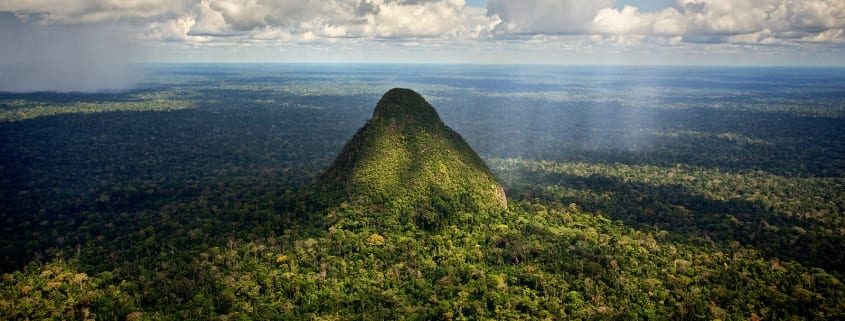Chocó Rainforests Benefit from Major Land Acquisition Campaign
Rainforest Trust has helped successfully purchase 16 properties totaling more than 1,762 acres to expand Río Canandé Reserve in northwestern Ecuador. The new land purchases are part of Rainforest Trust and Fundación Jocotoco’s long-term objective of establishing an ecological corridor between Canandé and the Cotacachi-Cayapas Ecological Reserve.
Rainforest Trust has helped expand the Río Canandé Reserve to 8,054 acres — nearly 10 times the size of Central Park — in one of the largest remaining fragments of the Chocó Rainforest in Ecuador, a biodiversity hotspot that is restricted to a narrow swath of land from the Andes to the Pacific along western Colombia and northwestern Ecuador. However, threats from commercial logging and rapidly expanding oil palm plantations within Ecuador have reduced the country’s proportion of the Chocó to less than 10 percent of its original size.
“The strategic expansion of protected areas is incredibly important for Rainforest Trust, so we work with our partners to assess the most important properties that could provide road access to larger areas of intact tropical habitat and we work to secure those properties as a preemptive action to block potentially far greater impacts on rainforest,”
said Rainforest Trust CEO Dr. Paul Salaman. “Furthermore, consolidating and connecting reserves in the Choco is key to providing a future for endangered species.”
The Choco hotspot has some of the world’s highest concentrations of range-restricted or endemic species, particularly within birds, amphibians, and many plants groups. Those endemic species depend on the Río Canandé reserve’s spectacular lowland tropical rainforests. This includes the Critically Endangered Canandé Magnolia — a species known only from this reserve. Additionally, the area is a stronghold for the largest surviving population of the Ecuadorean subspecies of the Critically Endangered Brown-headed Spider Monkey. This subspecies lives only in northwest Ecuador and is ranked as one of the 25 most endangered primates on Earth. The reserve, a Key Biodiversity Area, is also a refuge for more than 300 bird species and an astounding 123 amphibian and reptile species.
These purchases were made possible by the Conservation Action Fund and supporters of our work in Ecuador. All gifts to the Conservation Action Fund are matched through the SAVES Challenge and used 100 percent in support of our programs.




